For decades, car ownership has meant more than simply driving from point A to point B—it’s also involved a level of responsibility and, for some, an opportunity to roll up their sleeves and dive under the hood.
From weekend warriors who enjoy tinkering with their engines to budget-conscious drivers trying to avoid expensive repair bills, the appeal of do-it-yourself (DIY) car maintenance has remained strong.
However, not all vehicles are created equal in this regard. As technology has advanced and vehicles have become increasingly complex, the line between what can be done at home versus what requires dealership-level attention has grown sharper.
Understanding which cars are ideal for DIY maintenance—and which ones are best left to professionals—has never been more important.
Today’s vehicles run the gamut from mechanically straightforward workhorses to intricately engineered machines packed with sensors, control units, and high-voltage systems. On one end, we have time-tested models like the Toyota Corolla or Honda Civic, which are built for durability, ease of access, and long-term simplicity. These vehicles encourage owner involvement.
With basic tools, an internet connection, and some patience, owners can confidently handle oil changes, spark plug replacements, brake jobs, and even more advanced mechanical tasks.
For those with curiosity and a DIY spirit, these cars offer both reliability and a sense of empowerment—being able to maintain your own vehicle not only saves money but also fosters a deeper understanding of how it works.
Conversely, there are modern luxury and performance vehicles that, while impressive in terms of comfort, capability, and technology, are essentially closed ecosystems that deter DIY work. Models like the BMW 7 Series, Audi A8, and Tesla Model S are built with advanced integration between hardware and software, requiring specialized diagnostic equipment and access to proprietary systems.
Even simple maintenance tasks on these cars—like replacing brake pads or resetting oil change reminders—can involve multiple layers of digital configuration, electronic calibration, or highly sensitive components. This level of complexity shifts the burden to professional technicians with dealership-level training, tools, and manufacturer support.
For many car owners, especially those who want a seamless experience without getting their hands dirty, this isn’t necessarily a drawback. However, for DIY-inclined individuals, these vehicles can be frustratingly inaccessible.
Moreover, the financial implications of this division are noteworthy. Owners of dealership-dependent vehicles often face higher service costs due to the need for certified technicians and genuine OEM parts. There’s also the issue of warranty restrictions and software lockouts, which can render home repairs either void or incomplete.
On the flip side, cars designed with accessibility in mind can be maintained at a fraction of the cost, extending their usable life and lowering total cost of ownership over time.
This difference becomes especially relevant as vehicles age, since out-of-warranty repairs can become prohibitively expensive for complex cars, whereas simpler vehicles continue to be serviceable for years with basic mechanical skills and modest investment.
In this article, we’ll explore five reliable cars that lend themselves well to DIY maintenance, offering approachable systems, available resources, and a long history of owner-led servicing.
These cars provide the kind of confidence and predictability that DIYers crave. We’ll then contrast them with five vehicles that are best handled by dealerships, either due to their advanced technology, proprietary systems, or engineering complexity.
Whether you’re someone looking to save money through self-service or just a curious buyer trying to understand what kind of ownership experience to expect, this guide will help you navigate the landscape. By understanding which cars favor hands-on maintenance and which demand professional care, you’ll be better equipped to choose a vehicle that suits your lifestyle, budget, and technical comfort zone.
Also Read: Top 10 Most Reliable Used Cars You Can Buy for Under $10,000 in 2025
5 Reliable Cars for DIY Maintenance
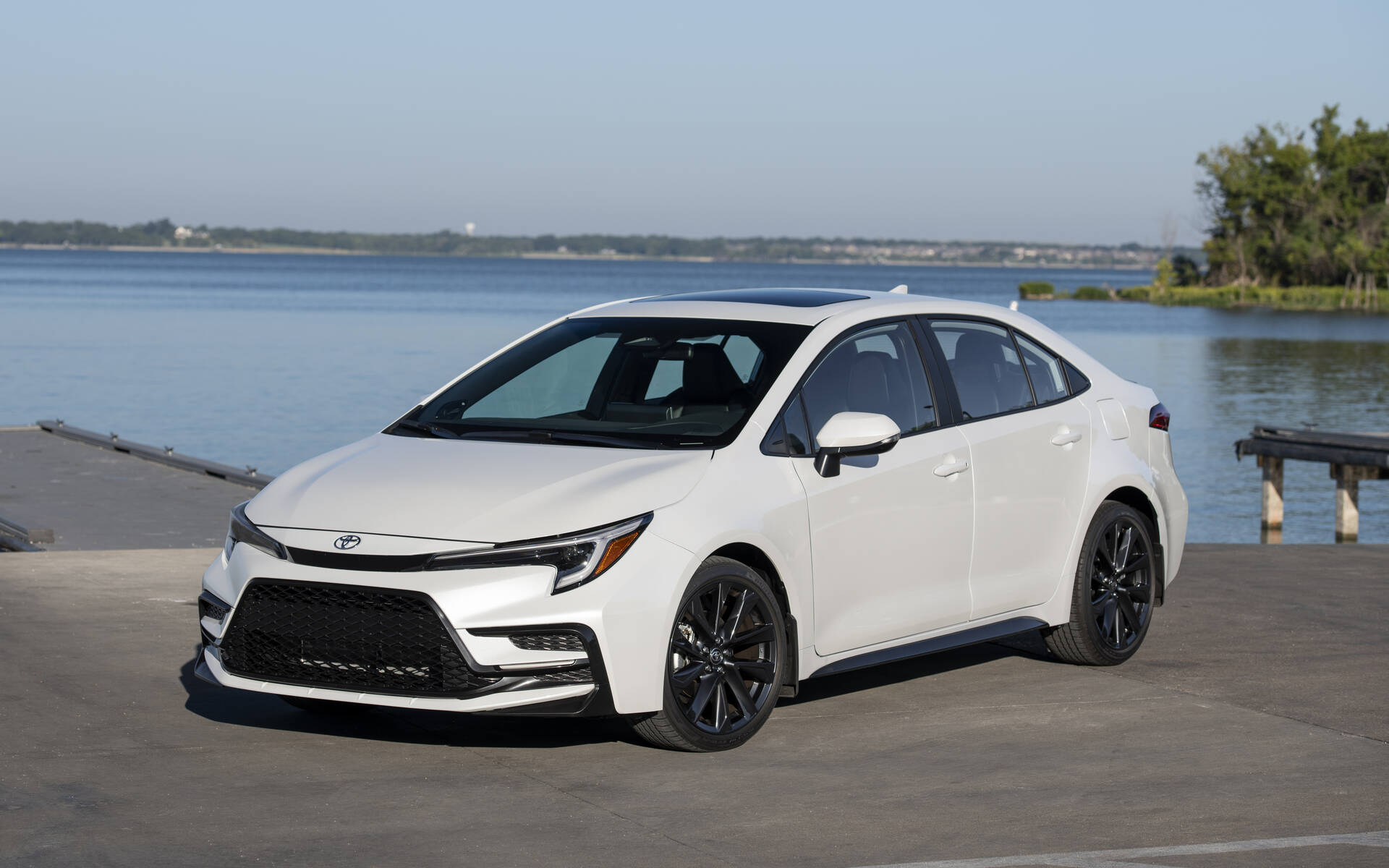
1. Toyota Corolla
The Toyota Corolla is widely regarded as one of the most reliable and easiest vehicles to maintain for DIY enthusiasts. Its reputation stems from a combination of decades of consistent engineering, robust mechanical design, and widespread availability of parts.
What truly sets the Corolla apart is its simplicity in layout — the engine bay, particularly in older and mid-generation models, is organized in a way that allows easy access to frequently serviced components such as the oil filter, air filter, spark plugs, and belts. This accessibility dramatically reduces the frustration many mechanics face with more compact, cramped engine bays that require special tools or disassembly just to reach basic parts.
In addition to its physical design, Toyota’s commitment to long-lasting, durable components means that many of the Corolla’s mechanical parts have a longer lifespan compared to other compact cars.
This reliability translates into fewer surprises during maintenance and less need for expensive, specialized repairs. For example, the Corolla’s inline-four engines are known for their resilience and predictable wear patterns, enabling owners to plan and execute maintenance without rushing to professional help due to unexpected failures.
Another key advantage for DIY owners is the incredible amount of community support available. From online forums to YouTube tutorials and repair manuals, Corolla owners benefit from one of the largest and most active user bases in the automotive world.
This wealth of information means that even beginners can find step-by-step guides tailored to their model year and engine type, demystifying everything from oil changes to timing belt replacements. Moreover, many aftermarket companies offer affordable parts kits that make DIY jobs easier, and local auto parts stores often stock the most common replacements without delay.
Finally, the Toyota Corolla’s affordability and efficiency make it a practical car for those who want to invest in learning basic car maintenance. Its fuel economy and low-cost ownership mean that time and money saved on DIY repairs can be redirected towards upgrades or future projects.
Over time, owners who maintain their Corollas regularly often enjoy a vehicle that feels almost brand new despite many years of use. This combination of mechanical simplicity, robust engineering, and strong community support make the Corolla a top choice for anyone seeking a reliable, DIY-friendly car.
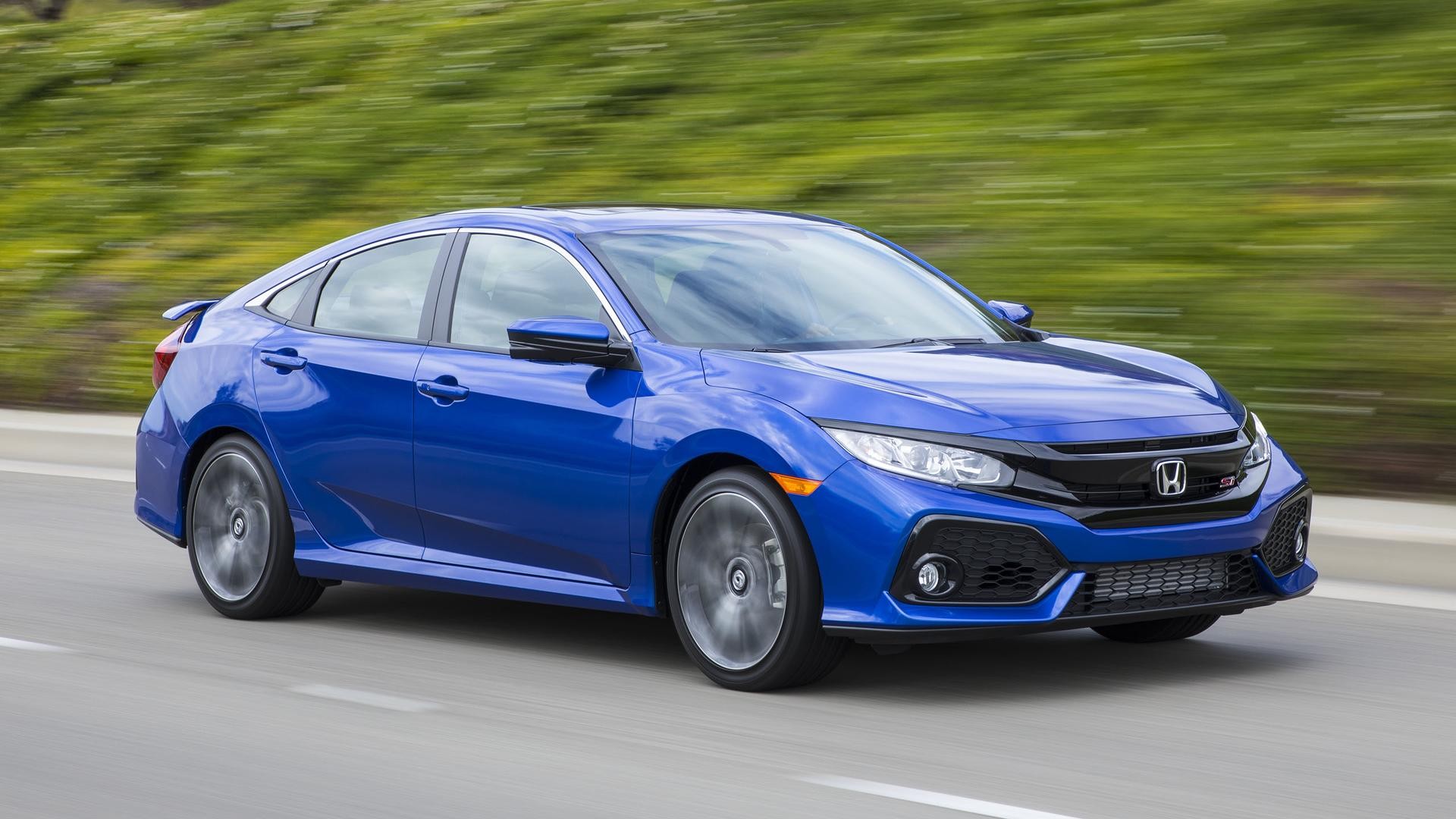
2. Honda Civic
The Honda Civic is another quintessential vehicle known for its ease of maintenance and exceptional longevity, making it a favorite among do-it-yourself mechanics and enthusiasts. Its engine design, particularly the SOHC and DOHC inline-four units found in many generations, has been praised for its straightforward engineering and reliability.
The Civic’s engine bay layout generally provides ample space for common maintenance tasks like spark plug replacement, valve adjustments, and timing belt changes, which are often daunting in more compact or modern cars due to tight spaces and electronics.
The Civic’s widespread use globally means parts availability is rarely an issue, with aftermarket suppliers offering everything from OEM-quality filters to performance upgrades. This extensive parts ecosystem helps keep repair costs low and encourages owners to take on projects that might otherwise require professional intervention.
The mechanical simplicity extends beyond the engine; suspension components and brake systems on many Civics are designed to be intuitive, allowing even less experienced DIYers to perform replacements and upgrades with confidence.
Beyond just the vehicle itself, the Honda Civic community is a vibrant hub of shared knowledge. There are countless forums, websites, and social media groups dedicated to helping owners troubleshoot issues, learn maintenance techniques, and share custom modifications.
This kind of support network is invaluable for DIYers, as it provides not only technical guidance but also moral encouragement for tackling repairs that may initially seem intimidating. Moreover, repair manuals and video tutorials specifically for various Civic generations are readily available, providing clear, detailed instructions for a wide range of services.
Finally, the Civic offers a rewarding balance of performance and practicality, which appeals to a broad audience. Whether it’s a daily driver requiring routine oil changes or a modified tuner car needing more specialized care, the Civic’s adaptable platform welcomes DIY work.
Its reputation for longevity means that owners often find joy in maintaining their cars themselves, saving money and deepening their mechanical knowledge over time. This makes the Honda Civic one of the most approachable and reliable cars for those eager to handle maintenance on their own.
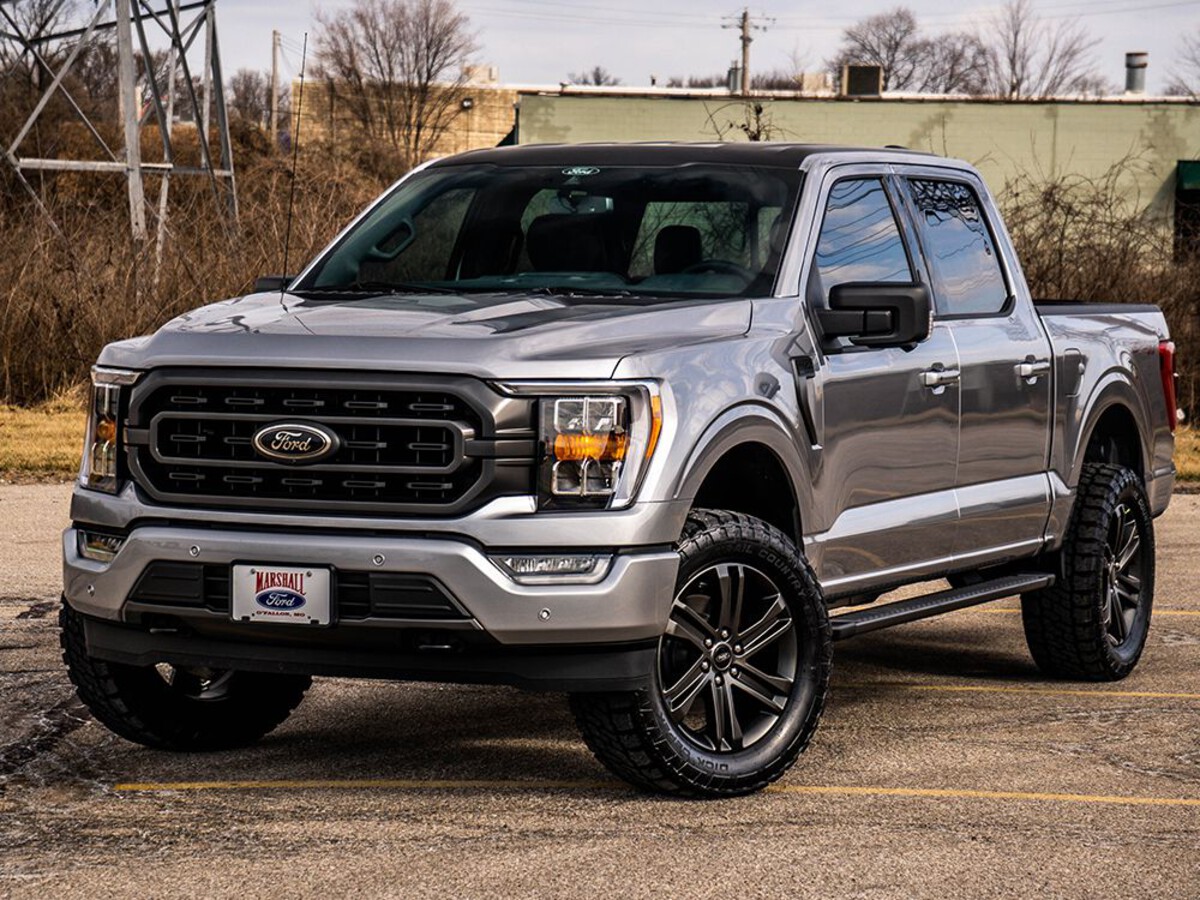
3. Ford F-150 (Older Models)
The Ford F-150, especially the older models from the 1990s through the early 2000s, stands out as a truck designed with rugged simplicity and mechanical accessibility in mind. These models are legendary for their straightforward construction, durability, and vast aftermarket support.
One of the most appreciated aspects for DIYers is the engine bay’s roomy layout, allowing easy access to major components such as the radiator, spark plugs, belts, and even the transmission in some cases. This contrasts with many newer trucks where compact engine bays and electronics have made DIY work significantly more challenging.
The F-150’s mechanical systems prioritize durability and functionality, which means fewer electronic controls and sensors that complicate repairs. The V8 and V6 engines common in these models are generally straightforward designs, with carbureted or early fuel injection systems that don’t require complex computer diagnostics for maintenance.
This enables owners to perform a wide range of repairs and tune-ups with basic tools and minimal technical knowledge. For example, routine tasks such as replacing brake pads, changing oil, swapping alternators, or adjusting the clutch are well within the skill set of many home mechanics.
Moreover, the sheer popularity of the F-150 has fostered a robust parts market, with everything from OEM replacements to aftermarket performance parts readily available and often quite affordable.
Technical manuals, online forums, and video tutorials are abundant, offering detailed guidance for virtually every repair imaginable. This wealth of resources makes it easier for DIYers to tackle even moderately complex repairs without relying on costly professional services.
Additionally, the truck’s utilitarian design encourages owners to maintain it themselves, as these vehicles are often used in work environments where downtime must be minimized. Many owners appreciate the ability to fix issues quickly without waiting for dealership appointments or specialized service centers.
The simplicity and ruggedness of the older F-150 models, combined with a large support community and abundant parts availability, firmly establish them as some of the best vehicles for DIY maintenance, especially for those who prefer working on trucks.
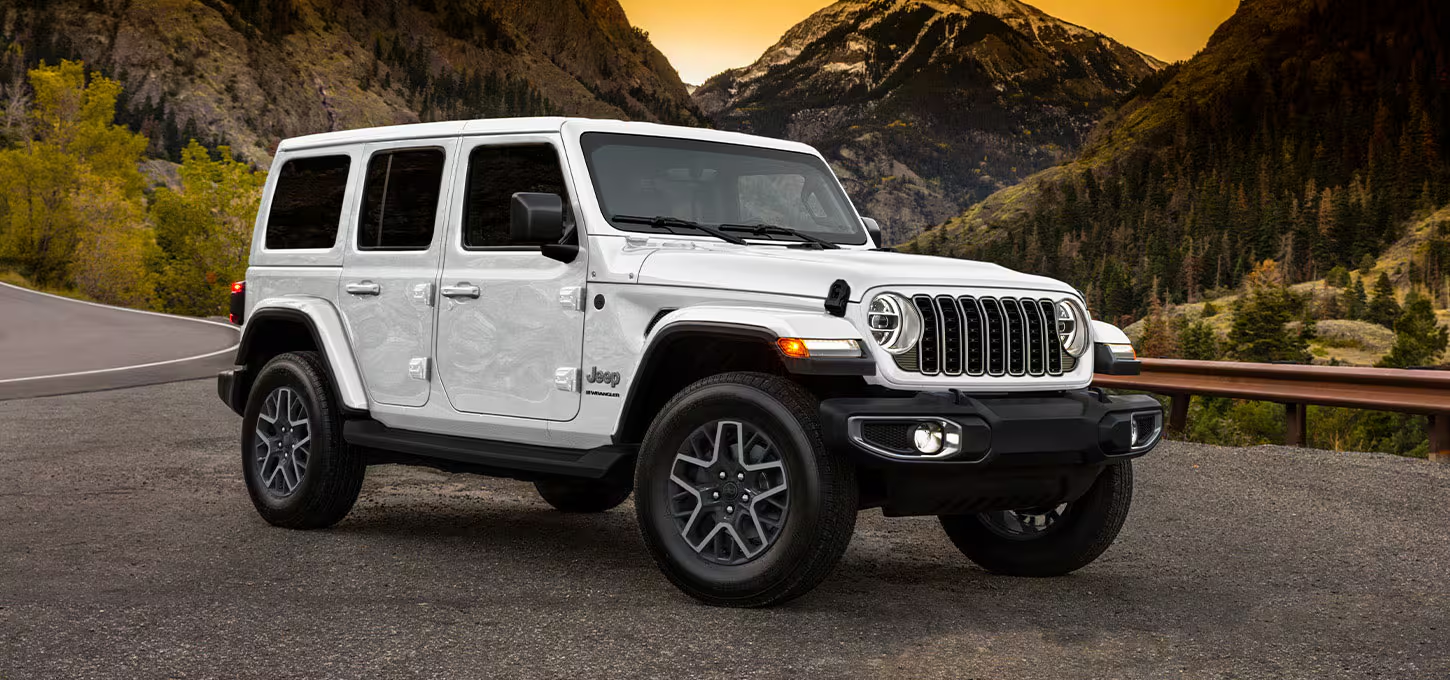
4. Jeep Wrangler
The Jeep Wrangler, particularly the YJ (1987–1995) and TJ (1997–2006) models, has earned a reputation as a quintessential off-road vehicle that also offers excellent DIY maintenance potential. Known for its body-on-frame construction, simple mechanical components, and modular design, the Wrangler appeals to enthusiasts who want not only a capable vehicle but also one they can easily service and modify themselves.
The engine bays in these models tend to be spacious, and the mechanical systems are less reliant on electronics compared to modern vehicles, simplifying many routine tasks.
Wranglers are engineered for rugged use and are designed with durability and repairability in mind. Many of the parts are shared with other Jeep and Chrysler models, enhancing parts availability and affordability. Routine maintenance such as oil changes, brake servicing, and even replacing leaf springs or shock absorbers can often be performed without special tools.
Furthermore, their drivetrain—solid axles, manual transfer cases, and manual transmissions in many cases—offers mechanical simplicity that is highly prized by DIYers who want to maintain or upgrade their vehicles.
The Jeep community plays a vital role in supporting DIY maintenance, with numerous dedicated forums, Facebook groups, and YouTube channels providing detailed, experience-based guidance.
This community aspect not only empowers owners to fix issues but also fosters a culture of upgrading and customizing, from installing aftermarket bumpers and winches to upgrading suspensions or swapping engines. The shared knowledge and support reduce the barrier to entry for those new to automotive repair.
Finally, the Wrangler’s design philosophy encourages owners to engage hands-on. Its rugged construction and off-road heritage mean it’s expected to take some abuse and be easy to fix afterward. Many Wrangler owners relish the opportunity to perform repairs themselves, whether out on a trail or back at home.
This level of accessibility combined with strong community backing makes the Jeep Wrangler one of the most DIY-friendly vehicles available, particularly for those interested in both maintenance and modification.
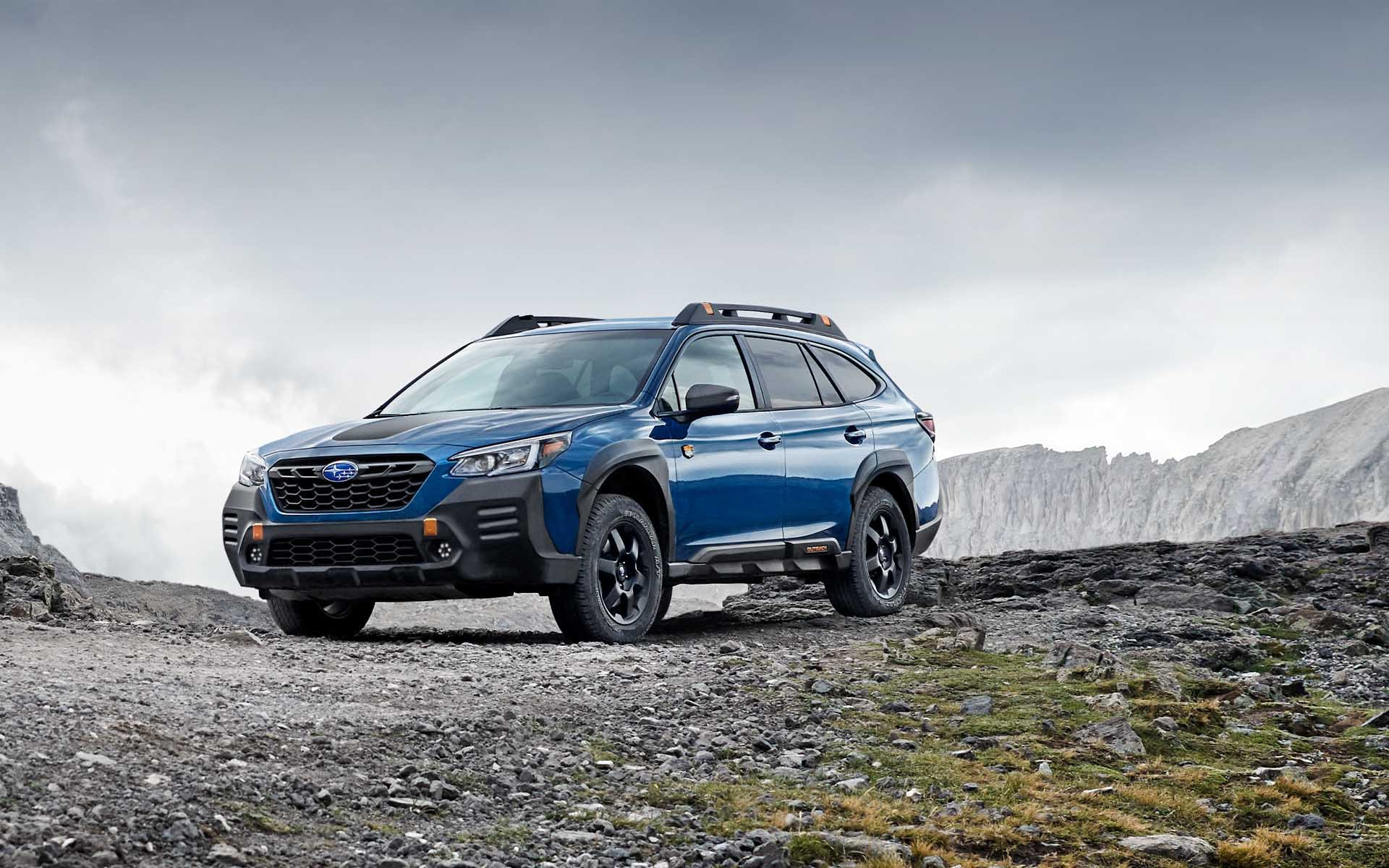
5. Subaru Outback (Older Models)
The Subaru Outback, especially models from the early 2000s and before, is often considered a practical and reliable vehicle with a reputation for ease of maintenance and longevity. Known for its distinctive boxer engine layout and symmetrical all-wheel-drive system, the Outback offers a somewhat unique mechanical platform that is still approachable for the DIY mechanic.
While boxer engines present certain maintenance quirks—such as horizontally opposed cylinders that can make spark plug changes slightly different—the overall design is not overly complicated.
Many routine maintenance tasks on the Outback are accessible with standard tools, including oil changes, brake servicing, and filter replacements. The vehicle’s engine bay is generally uncluttered compared to modern cars overloaded with sensors and wiring, which facilitates repairs.
Subaru’s use of timing belts (in older models) requires regular attention but is a well-documented procedure that many DIYers tackle successfully. Additionally, many owners appreciate the availability of comprehensive repair manuals that cover the unique aspects of Subaru’s design.
The Subaru owner community is also very active and passionate about DIY maintenance. Forums and enthusiast groups provide detailed guides and personal experiences that help demystify more complex repairs or upgrades.
This support network is essential when dealing with less common mechanical layouts like the boxer engine or all-wheel-drive system. It helps DIY mechanics navigate the specifics of these systems and avoid pitfalls.
Finally, the Outback’s versatility as a reliable, all-weather vehicle encourages owners to keep it well-maintained. This proactive care extends the life of these cars well beyond typical mileage expectations.
For those willing to learn the nuances of Subaru’s mechanics, the Outback provides a satisfying DIY experience that blends reliable performance with manageable maintenance demands.
It strikes a fine balance between unique engineering and accessibility, making it a solid choice for DIY enthusiasts looking for a dependable, practical vehicle.
5 Cars That Need Dealerships
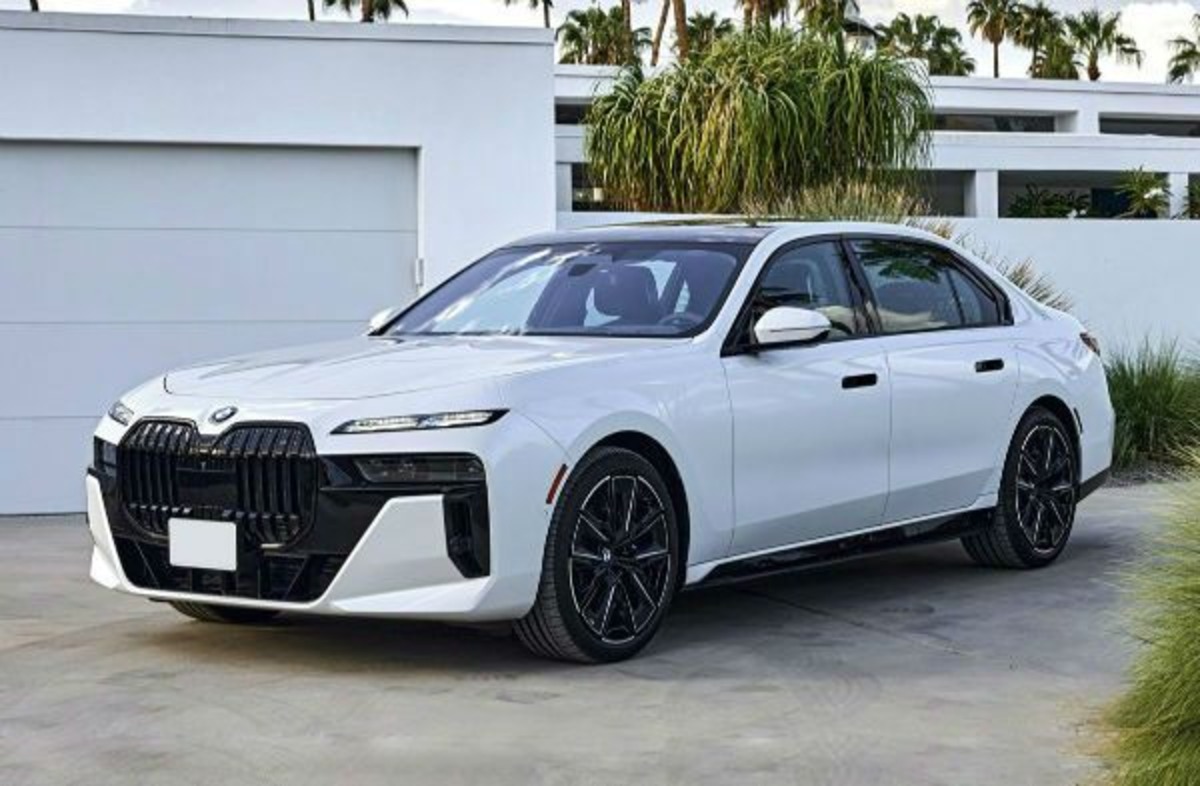
1. BMW 7 Series (Modern Generations)
The BMW 7 Series, particularly the models from the late 2000s onward, is a prime example of a luxury sedan that demands dealership-level expertise for proper maintenance and repairs. This flagship sedan is packed with cutting-edge technology, advanced electronics, and complex engineering that significantly complicate DIY repairs.
From electronically controlled suspension systems to sophisticated engine management and high-voltage hybrid components in newer models, the 7 Series is a marvel of modern automotive innovation — but also a nightmare for the average home mechanic.
One of the most challenging aspects of the 7 Series for DIYers is its integration of numerous electronic control units (ECUs) that communicate with one another to optimize everything from fuel efficiency to ride comfort and safety systems.
Diagnosing issues in this ecosystem requires specialized diagnostic tools that are generally only available at dealerships or professional shops with access to BMW’s proprietary software. Without these tools, even routine maintenance can become guesswork, as warning lights and fault codes must be accurately read and cleared to ensure proper vehicle function.
In addition, the physical design of the BMW 7 Series often complicates simple mechanical tasks. The engine bays are densely packed with components, and many parts require special tools or intricate removal sequences to access. For example, tasks such as changing the timing chain, replacing turbochargers, or servicing the air suspension system can be prohibitively complex without professional training.
Additionally, BMW uses many unique or specialized parts that can be expensive and difficult to source outside official channels, increasing the likelihood that a DIY attempt might fail or cause further damage.
Another factor is the 7 Series’ warranty and service agreements, which often encourage owners to use dealership services to maintain coverage. These vehicles are typically owned by people who expect a certain level of luxury and convenience, and many dealerships offer concierge or mobile service options that remove the need for DIY maintenance altogether.
The high-tech features and advanced engineering, combined with the premium brand status, effectively push 7 Series owners towards dealership servicing for everything beyond very basic tasks. This makes the BMW 7 Series a perfect example of a vehicle where professional expertise is almost mandatory.
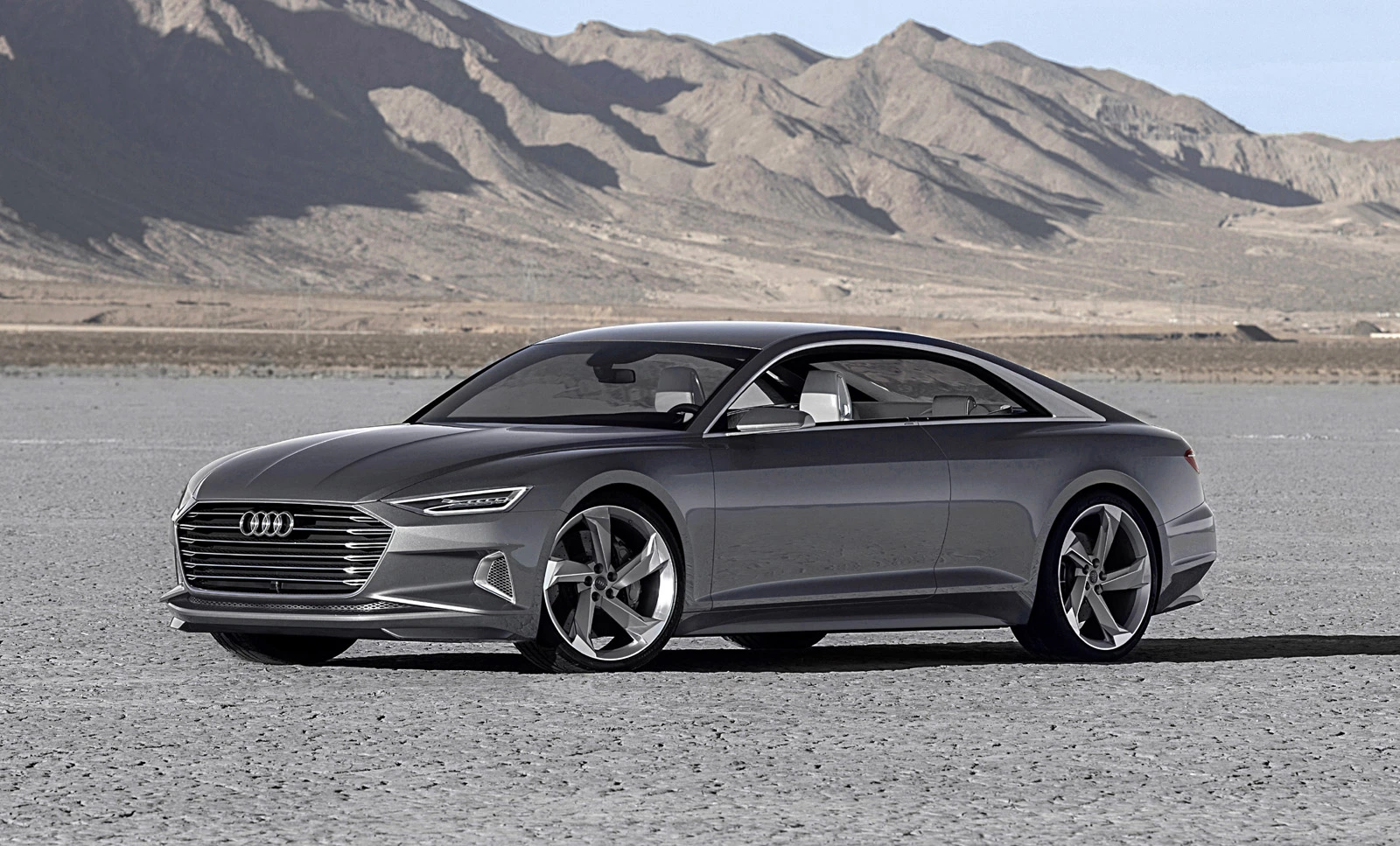
2. Audi A8 (Newer Models)
The Audi A8 represents the pinnacle of Audi’s luxury sedan lineup and embodies the challenges associated with maintaining highly sophisticated modern vehicles. Much like the BMW 7 Series, the A8 incorporates a vast array of electronic systems, advanced materials, and cutting-edge engineering that make DIY maintenance difficult if not impossible for most enthusiasts.
Its complex drivetrain, which includes all-wheel drive systems with multiple differentials and electronically controlled torque distribution, requires precise calibration that goes far beyond the capabilities of home garages.
A key challenge with the Audi A8 is its heavy reliance on proprietary diagnostic equipment and software to troubleshoot and repair issues. The vehicle’s onboard computers control everything from adaptive air suspension and dynamic steering to sophisticated infotainment and driver-assistance features.
Without access to Audi’s official diagnostic tools, owners can struggle to identify the root cause of problems or to properly reset electronic systems after repairs. This reliance on dealership-level technology means that even seemingly minor issues often require a professional visit.
Mechanically, the A8 features highly engineered components that require expert knowledge and often specialized tools for proper servicing. The engine compartments are tightly packed with components engineered for optimal performance and weight distribution, which can make even routine maintenance like spark plug or belt changes time-consuming and complex.
Additionally, Audi’s use of aluminum bodies and intricate welding techniques makes body repairs and even certain mechanical replacements more difficult and costly than on simpler vehicles.
Audi’s warranty policies and certified maintenance programs also incentivize owners to use dealership services. Maintaining a vehicle like the A8 in peak condition requires frequent software updates, complex recalibrations, and access to OEM parts, all of which are best handled through official channels.
The high cost of repair and maintenance can discourage DIY attempts due to the risk of damage or voiding warranties. This combination of technological sophistication and engineering complexity firmly positions the Audi A8 as a vehicle better suited to dealership service rather than DIY maintenance.
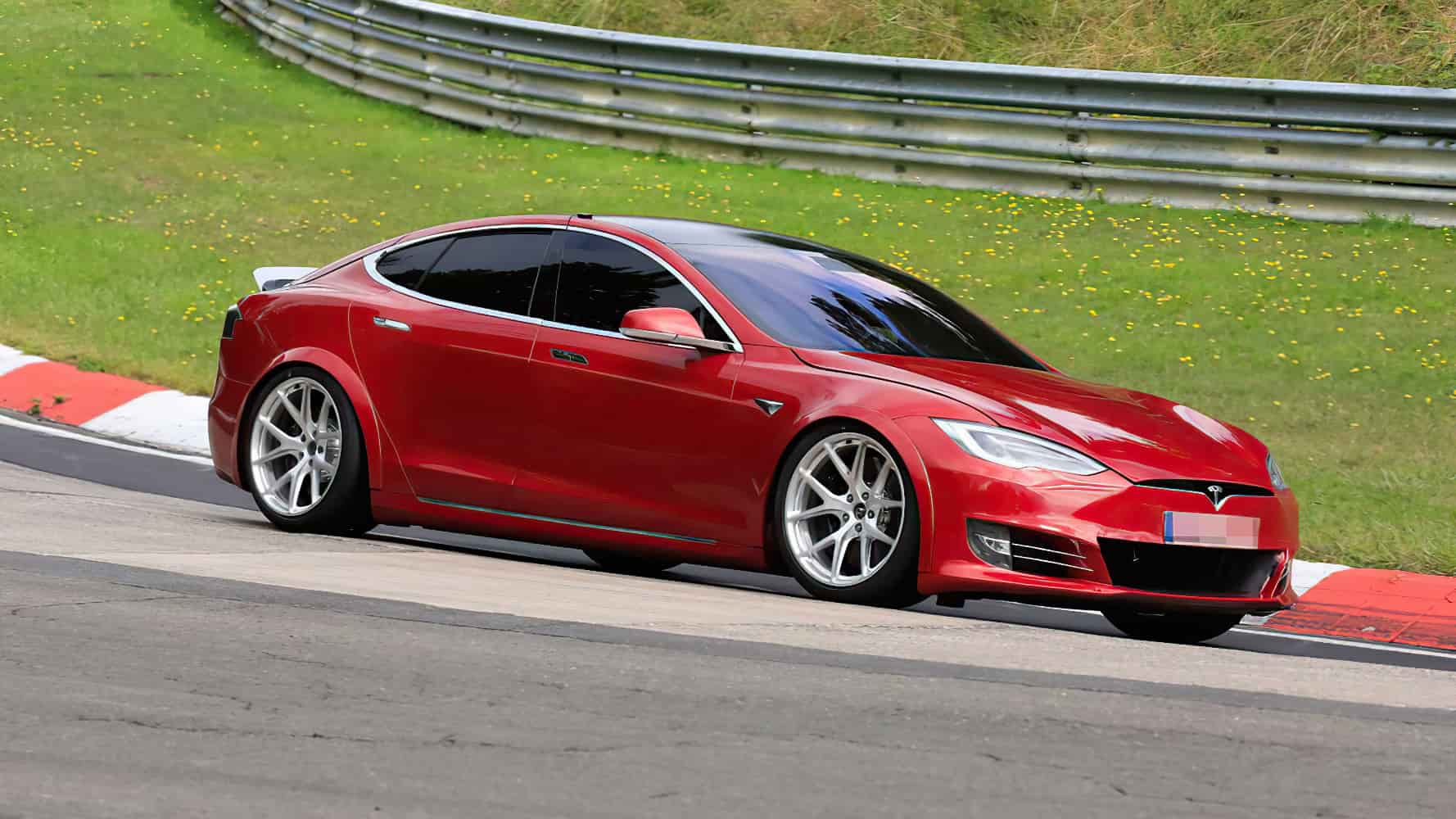
3. Tesla Model S
The Tesla Model S, as a pioneering electric vehicle, introduces an entirely new maintenance paradigm that makes DIY repairs extremely challenging. Unlike traditional internal combustion engine vehicles, the Model S’s powertrain and mechanical systems are heavily integrated with software and electronic control systems.
This integration, combined with high-voltage battery technology, means that most maintenance and repairs require specialized training, diagnostic software, and safety protocols that are beyond the reach of typical DIYers.
One of the foremost barriers to DIY maintenance on the Model S is the high-voltage battery system. Handling and servicing the battery requires careful adherence to safety standards due to the risk of electrical shock or fire.
Tesla strongly recommends that all battery-related repairs be performed by trained technicians in properly equipped facilities. Moreover, many internal systems are sealed or modular in ways that require proprietary tools or software resets after part replacements, further complicating DIY attempts.
Software updates and diagnostics are fundamental to Tesla vehicle maintenance, as many repairs require reprogramming or calibration via Tesla’s proprietary service portals. Without access to these tools, it’s nearly impossible to fully service the vehicle or clear error codes that might disable critical functions. Even routine services such as brake fluid changes or cabin air filter replacements are often documented with detailed software steps that need to be followed exactly to prevent issues.
Tesla’s direct-to-consumer sales and service model emphasizes dealership and certified service centers, where technicians have continuous access to the latest training and tools. The Model S also receives over-the-air software updates, which regularly improve vehicle systems but require professional oversight to troubleshoot unintended consequences.
This reliance on advanced technology and proprietary tools makes the Tesla Model S one of the most challenging cars for DIY maintenance, with the safest and most reliable servicing happening at Tesla service centers.
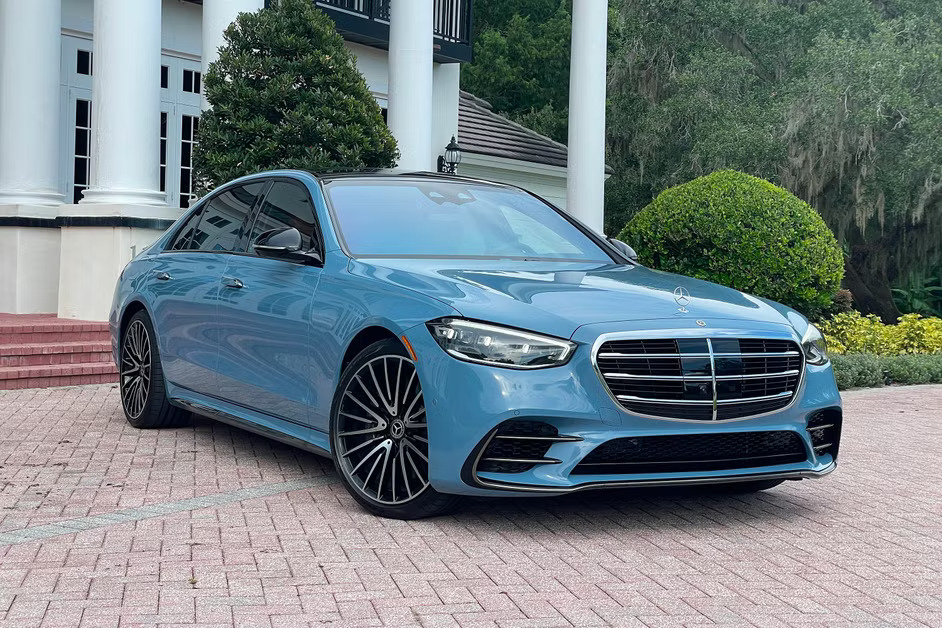
4. Mercedes-Benz S-Class (Recent Generations)
The Mercedes-Benz S-Class, especially models produced from the mid-2010s onwards, is an emblem of automotive luxury that also embodies the challenges of maintaining cutting-edge technology. The S-Class has long been Mercedes’ flagship sedan, showcasing the latest advances in comfort, safety, and performance.
However, this level of sophistication comes at the cost of complexity, making DIY maintenance largely impractical due to the vehicle’s heavy reliance on electronic systems and specialized engineering.
Modern S-Class vehicles incorporate dozens of control modules that regulate everything from adaptive air suspension and active safety features to complex infotainment systems and driver assistance
Diagnosing and repairing these systems requires access to Mercedes-Benz’s proprietary diagnostic tools and extensive training, making it difficult for DIY mechanics to even identify the source of many issues. Even routine services, such as software updates or sensor recalibrations, often require dealership equipment to be completed successfully.
The physical construction of the S-Class also complicates maintenance. The car’s engine compartments are tightly packed and use specialized fasteners and components that require exacting procedures to remove or replace.
For instance, tasks like timing chain servicing, transmission repairs, or brake system maintenance often necessitate disassembly of multiple interconnected systems, making the work too complex for home garages. The use of lightweight materials like aluminum and composites adds further challenges for repairs or bodywork.
Additionally, Mercedes-Benz’s warranty and service agreements frequently encourage the use of authorized dealerships, where certified technicians ensure the car’s sophisticated systems remain in peak condition.
The dealership network also offers the necessary tools for regular software calibration and parts replacement, reducing the risk of errors that could arise from DIY attempts. Given these factors, the Mercedes-Benz S-Class remains a vehicle that is best maintained and serviced by professionals with direct access to factory-level tools and expertise.
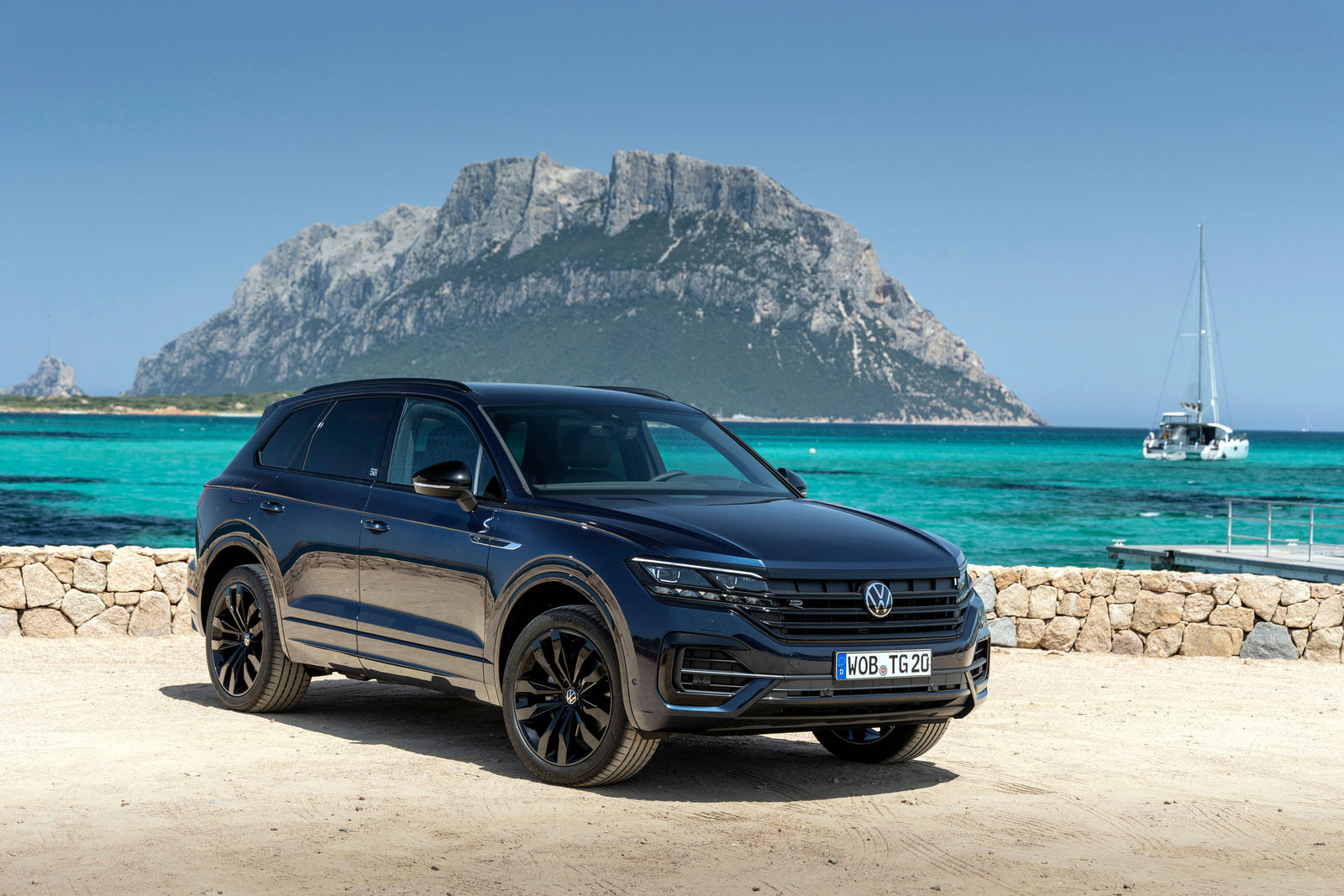
5. Volkswagen Touareg (Newer Models)
The Volkswagen Touareg, especially the third-generation models introduced in the late 2010s, exemplifies the modern trend toward SUVs with advanced electronics, complex mechanical systems, and sophisticated driver-assistance features. While this makes for a comfortable and technologically impressive vehicle, it also means the Touareg is generally ill-suited to DIY maintenance or repair.
The integration of multiple electronic modules, all-wheel-drive systems, and adaptive suspension setups requires diagnostic capabilities and mechanical expertise that are typically only found in dealerships.
The engine bay of the newer Touareg models is densely packed with components and sensors, making routine maintenance such as spark plug replacement, belt changes, or coolant service far more complicated than on older or more basic SUVs. Many of these parts require special tools or sequences to remove safely without damaging surrounding components.
Additionally, the Touareg uses advanced electronics to monitor and adjust many vehicle parameters in real-time, meaning that any replacement or repair must be followed by recalibrations via diagnostic software.
Electronics in the Touareg also govern numerous safety features, including adaptive cruise control, lane-keeping assist, and collision mitigation systems. Properly diagnosing and repairing these features requires up-to-date software and dealership-grade scan tools to ensure that all systems communicate correctly after maintenance. DIYers often lack access to these tools, which can result in incomplete repairs or recurring issues.
Volkswagen’s warranty policies and maintenance plans further emphasize dealership servicing, as only authorized technicians have access to the proprietary systems required to keep the vehicle fully operational and warranty-compliant.
The complexity and cost of parts, combined with the need for specialized equipment, often deter DIY repairs. For these reasons, the Volkswagen Touareg stands as a prime example of a vehicle where dealership expertise is almost essential for proper maintenance and repair.
Also Read: 10 Best Cars for Cost per Mile After 100,000 Miles
Car ownership today is more diverse than ever, ranging from classic, DIY-friendly vehicles to ultra-modern machines brimming with advanced electronics. As we’ve explored, the divide between cars you can easily maintain at home and those that demand dealership-level attention has only widened with time. Understanding this divide is not just a matter of convenience—it can have significant implications on your finances, your sense of vehicle control, and the long-term health of your car.
Whether you’re a seasoned home mechanic or a newcomer to car maintenance, knowing what you’re up against under the hood can mean the difference between a fulfilling ownership experience and a frustrating, budget-draining ordeal.
The five DIY-friendly cars we covered—Toyota Corolla, Honda Civic, Ford F-150 (older models), Jeep Wrangler, and older Subaru Outbacks—have something in common: simplicity, mechanical accessibility, and a culture of support. These vehicles don’t just endure the test of time mechanically; they foster communities of drivers who share insights, document repairs, and keep the DIY spirit alive.
The affordability of parts, the intuitive design of their engines and chassis, and the predictability of their maintenance schedules make them ideal companions for owners who prefer to take matters into their own hands. These cars invite you into the garage rather than scare you away from it.
They teach you, empower you, and reward your effort with years of reliable service. In a world increasingly dominated by software, sensors, and proprietary systems, they stand as reminders of what automotive independence used to look like—and still can, for the right owner.
On the other end of the spectrum, we examined five vehicles that exemplify the modern reliance on dealership infrastructure: BMW 7 Series, Audi A8, Tesla Model S, Mercedes-Benz S-Class, and Volkswagen Touareg. These cars offer undeniable benefits—luxury, performance, efficiency, and cutting-edge technology—but they come with a price beyond their sticker tags.
They require access to diagnostic computers, specialized tools, and technical expertise that goes well beyond a typical toolbox and weekend know-how. For many owners, this complexity is acceptable or even welcome; it aligns with the vehicle’s premium positioning and delivers a curated service experience.
But for others, particularly those who value self-reliance or want to minimize long-term costs, these vehicles can be a source of frustration. Attempts to perform even modest repairs or diagnostics can lead to complications or the dreaded visit to a dealership service bay—often accompanied by hefty invoices.
This contrast between serviceable simplicity and technological complexity is more than just a matter of taste—it’s a practical consideration in an age where car maintenance can affect not just your budget, but your lifestyle. DIY-friendly vehicles offer more than low operating costs; they give owners control.
On the other hand, dealership-dependent cars offer an ultra-modern experience that is best enjoyed when you’re willing to let go of that control in favor of convenience and assurance.
Ultimately, the right choice depends on your priorities as a car owner. If you’re mechanically inclined or want to learn more about how your car works, a reliable DIY-friendly car can be a deeply rewarding investment that pays off in both savings and satisfaction.
If, however, you prefer a seamless, professionally maintained driving experience—where the vehicle takes care of itself, and all you have to do is schedule appointments and pay the bill—then a dealership-maintained vehicle might be the better route.
Neither path is inherently better than the other, but they are fundamentally different. Understanding where your preferences and capabilities lie will help you make an informed decision—whether you’re shopping for your next vehicle or reevaluating the one you already own.
By recognizing which cars match your comfort level and mechanical curiosity, you’re not just buying transportation—you’re choosing a relationship. And like all relationships, compatibility matters.
